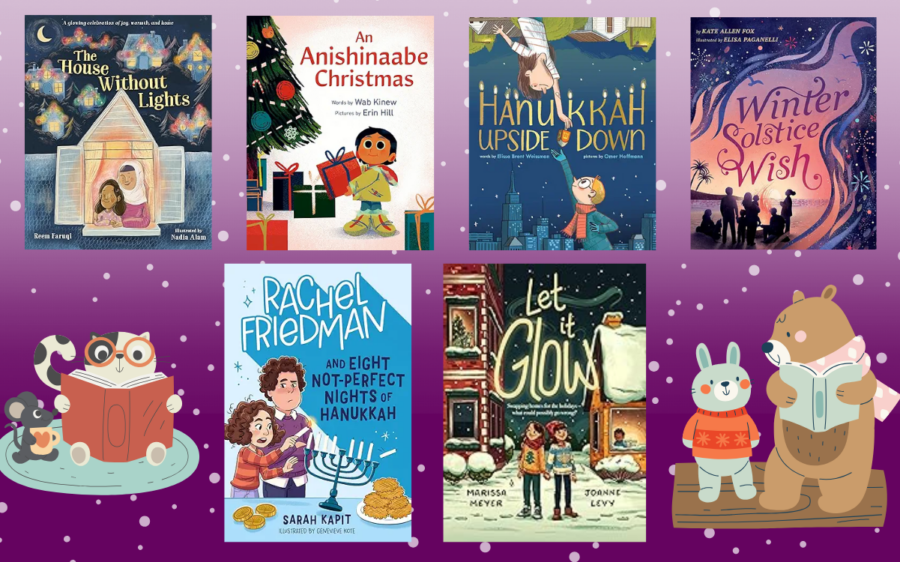During a recent writers’ workshop training in Oak Bluffs, Massachusetts I introduced the idea of drawing minilessons and sketch books to a group of kindergarten and first grade teachers. I passed out blank paper, colored pencils, and a collection of how-to-draw books and then invited the teachers spend some time drawing.
One teacher said, “You just made my day…I love drawing!” Another teacher commented that she really couldn’t draw. My response was, “No worries, just play with it and follow the directions in the book.” After spending some time drawing everyone had drawn something that they felt good about, and some were amazed by what they had produced.
All too often during writers’ workshop we rush children through their drawings or direct them to write words and “not waste time” on their drawings. For some reason we consider writing words to be more important than the drawing that children do as part of the writing process. Is this due to prior conditioning about the teaching of writing? Is it because we do not believe that drawing is an important part of the writing process?
Martha Horn and Mary Ellen Giacobbe, in Talking, Drawing, Writing: Lessons for Our Youngest Writers (2007), state “For young children, drawing is writing; it gives them opportunities to do what writers do: to think, to remember, to get ideas, to observe, to record” (p. 52.)
It has been my experience as a teacher and literacy coach that including drawing as part of the writing process is one of the most important things we can do. It empowers students to see themselves as writers, even before they write any words. When they draw before writing it helps them to visualize what they want to say. They include details in their drawings that they will later express in their writing using words.
When we ensure time for supporting and developing drawing across the instructional day, we come to see drawing as something that moves writing forward. Drawing is an important part of the writing process and not just something to do if there is extra time.
Horn and Giacobbe go on to say, “If we really believe that drawing is writing, then we need to give our students information about how to draw well, just as we do with writing words” (2007, p. 52). Planning minilessons about drawing, providing how-to-draw resources, and giving students sketch books in which they can practice drawing can help children view themselves as writers because they are people who communicate through pictures and words.
After the initial workshop in Oak Bluffs, I asked Julie Rodenbaugh, a kindergarten teacher, how the students were engaging with their sketch books. Julie shared:
“The kids LOVE their sketch books. They constantly ask if they can draw in them and are always asking if we have more books about drawing animals or if we can find more how-to-draw pages for them. It’s very engaging and allows them to be able to work independently and feel successful during writing time. I am finding that when we do sit down to write during the day, we have fewer students needing support. Now they know how to draw the things they want to write about because of the sketch books. It’s taken the stress out of the drawing part of writing and is allowing the kids to be able to get their ideas down on paper” (Rodenbaugh, 2023).
I also asked whether she and the other kindergarten teachers were finding success with the drawing lessons and the use of the sketch books. She responded with:
“We are finding lots of successes in the teaching of the drawing lessons and the sketch books. Kids are adding a lot more details to their drawings and spend a lot more time on them than they used to. They are able to tell more detailed stories from their pictures than they ever had before, and it is fun to see the kids’ faces light up when teachers can see the details from their drawings” (Rodenbaugh, 2023).
Interested in giving sketch books a try? Here are some suggestions for getting started:
- Gather a few how-to-draw books.
- Staple blank white paper together and write Sketch Book on the cover.
- Demonstrate to the children how to read and use the how-to-draw books through a series of mini-lessons.
- Gather colored pencils, crayons, sketchbooks, and how-to-draw books and create a drawing center.
- Provide children with time to practice their drawing during independent learning time.
- Connect drawing minilessons and students’ sketch books to the work they are doing during writers’ workshop.
- Celebrate the students’ (and possibly your own) growing ability to draw.
Reference:
Horn, M. & Giacobbe, M.E. (2007). Talking, drawing, writing: Lessons for our youngest writers. Stenhouse.
Suggested How-to-Draw Books:
- Emberley, E. (1975). Ed Emberley’s drawing book of faces: Learn how to draw the Ed Emberley way! Little Brown Books for Young Readers.
- Gibson, R. (2002). What shall I draw? Usborne Publishing Ltd.
- Levine, L. (2001). 1-2-3 Draw: Pets and farm animals: A step by step guide. Peel Productions, Inc.
- Masiello, R. (2006). Ralph Masiello’s ocean drawing book: Simple steps make anyone an artist. Charlesbridge.





